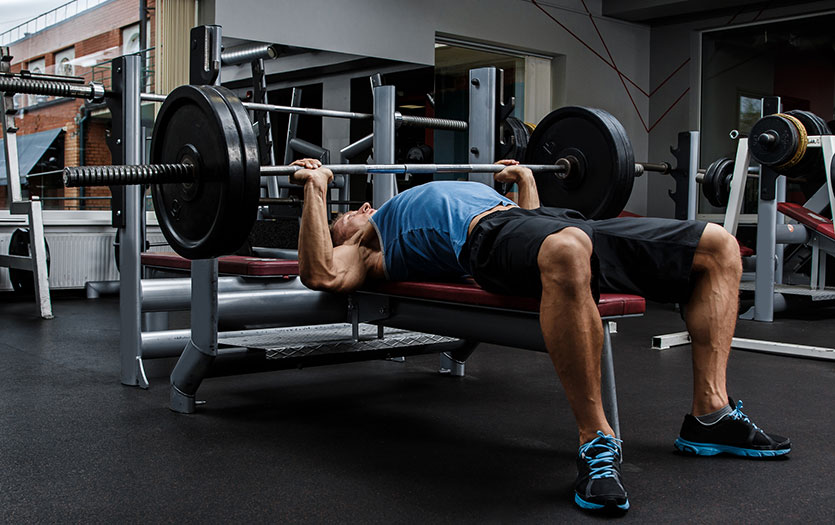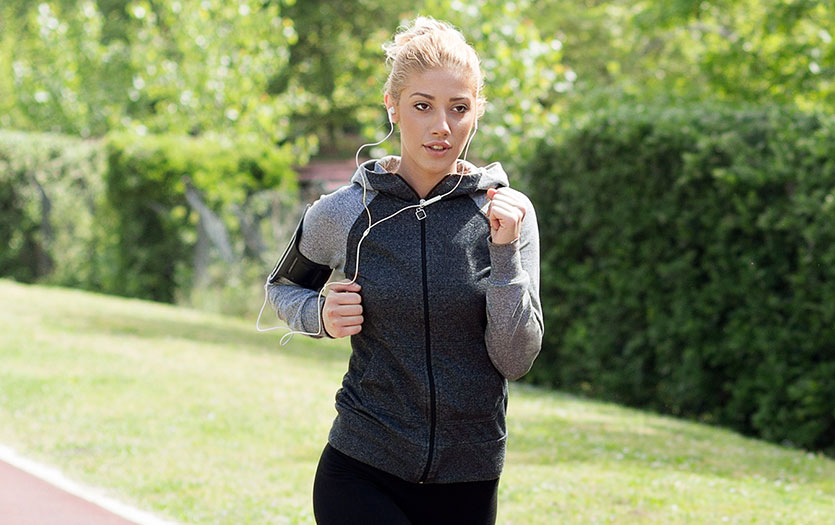
This post was written by Tiffany Patterson, human performance specialist, Parkview Sports Medicine.
Jumping rope is an effective exercise that often gets overlooked. It’s a tremendous option for those who don’t have a lot of space or a big budget for equipment.
Jumping rope helps individuals by putting them on the balls of their feet, which in turn improves speed and the ability to maneuver quickly. It also helps to develop the stretch shortening cycle, which will result in being able to apply more force to the ground.
The motion used to jump rope engages muscles in the arms and legs and is a great tool to use during warm-ups, cooldown or even for a complete training session.
In addition to the benefits mentioned above, jumping rope also:
- Improves coordination and balance
- Improves cardiovascular health
- Improves metabolism
- Improves strength
- Increases cognitive function
- Supports injury prevention
Getting started
It’s simple to introduce this tool into your repertoire. Most beginners can start out with a plastic jump rope. I recommend purchasing a rope with a little weight to it, as lighter ropes can be difficult to learn with. Weighted ropes help users gain upper body strength. You'll want to add in a lighter speed jump rope to develop footwork once you advance.
When jumping rope, you want to be sure that both hands are the same distance apart from the center of your body. Have minimal movement of elbows and shoulders; the wrists are what generate the rotation of the jump rope. The jumps should only be an inch or two off the ground and you should stay tall, with knees slightly bent. Always land on the balls of your feet. Jumping rope is a self-corrective tool because if you aren’t in coordination, the jump rope will stop.
Have fun adding the jump rope to your training toolbox. You will see the benefits in all aspects of your fitness routine.



